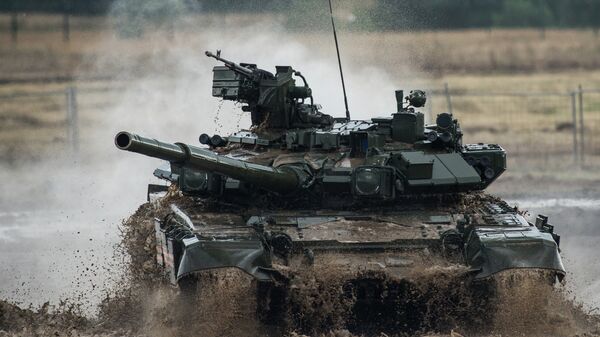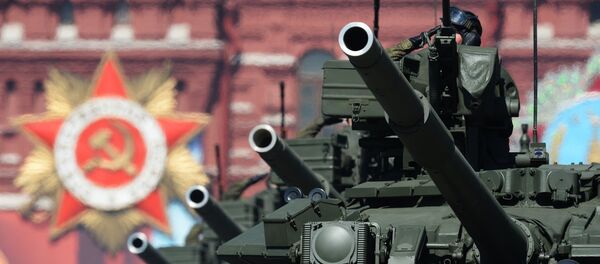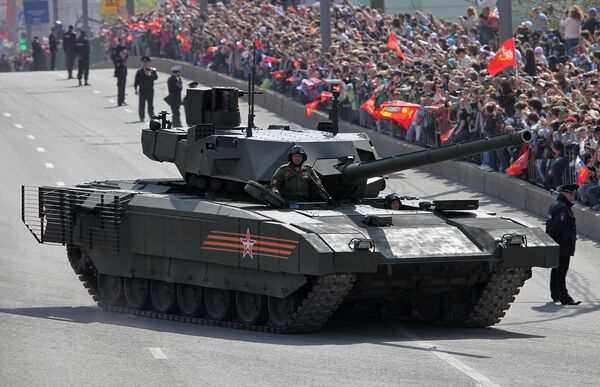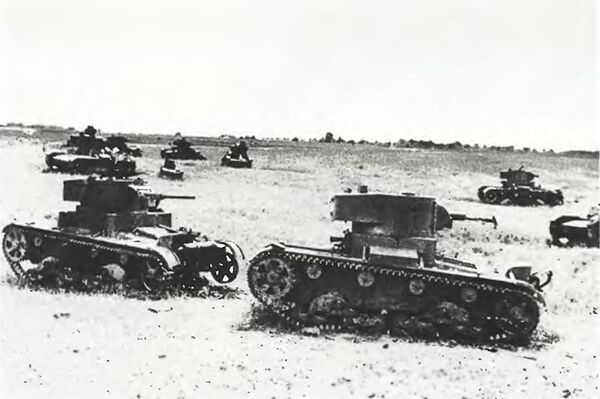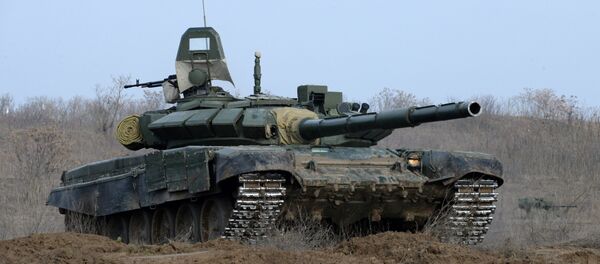Reactive armor
The days when tank men relied solely on the thickness of their armor are ancient history now. These days tanks are equipped with reactive armor, which is effective against both cumulative and armor-piercing projectiles.
During WWII, long before the advent of reactive armor, the thickness of armor plates on heavy tanks often reached a whopping 25 centimeters.
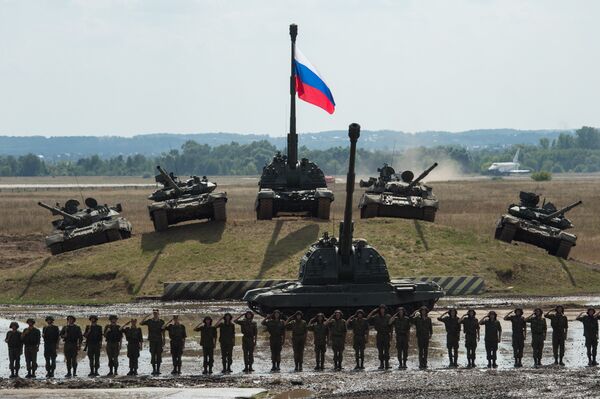
Even though the protective armor found on modern tanks is way thinner, they are still harder to “kill” – all thanks to explosive reactive armor plates which are able to defeat modern armor-piercing fin-stabilized discarding sabot rounds.
This forces an incoming projectile to cut through more armor than the thickness of the plating itself, since "new" plating is constantly fed into the penetrating body.
This significantly reduces the penetrating capabilities of the projectile, since the penetrating force will be dissipated over a larger volume of armor.
Relikt, the most modern Russian ERA, detonates on command before the round hits based on information from radar. Adopted in 2006, Relikt is installed on T-72B, T-90AM and Russia’s latest Armata main battle tank.
Relikt utilizes a completely new composition of explosives to achieve maximum dynamic protection.
Justified risk
Reactive armor was initially developed in the Soviet Union with the first research paper on this subject published back in 1948.
Its introduction took a lot of time and effort though with the designers facing strong opposition from then Armored Forces commander, Marshal Azamasp Babadzhanyan, who said that “not a single gram of explosive will be allowed on tanks!”
During the recent armed conflicts in the North Caucasus a tank endured six consecutive RPG hits. It even made it to the repair depot where all they had to do was to replace the dynamic protection plates!
According to General Alexander Shevchenko, who heads the Defense Ministry’s Main Armored Forces Directorate, a tank equipped with reactive armor is “almost three times better protected in combat than one without it.”

